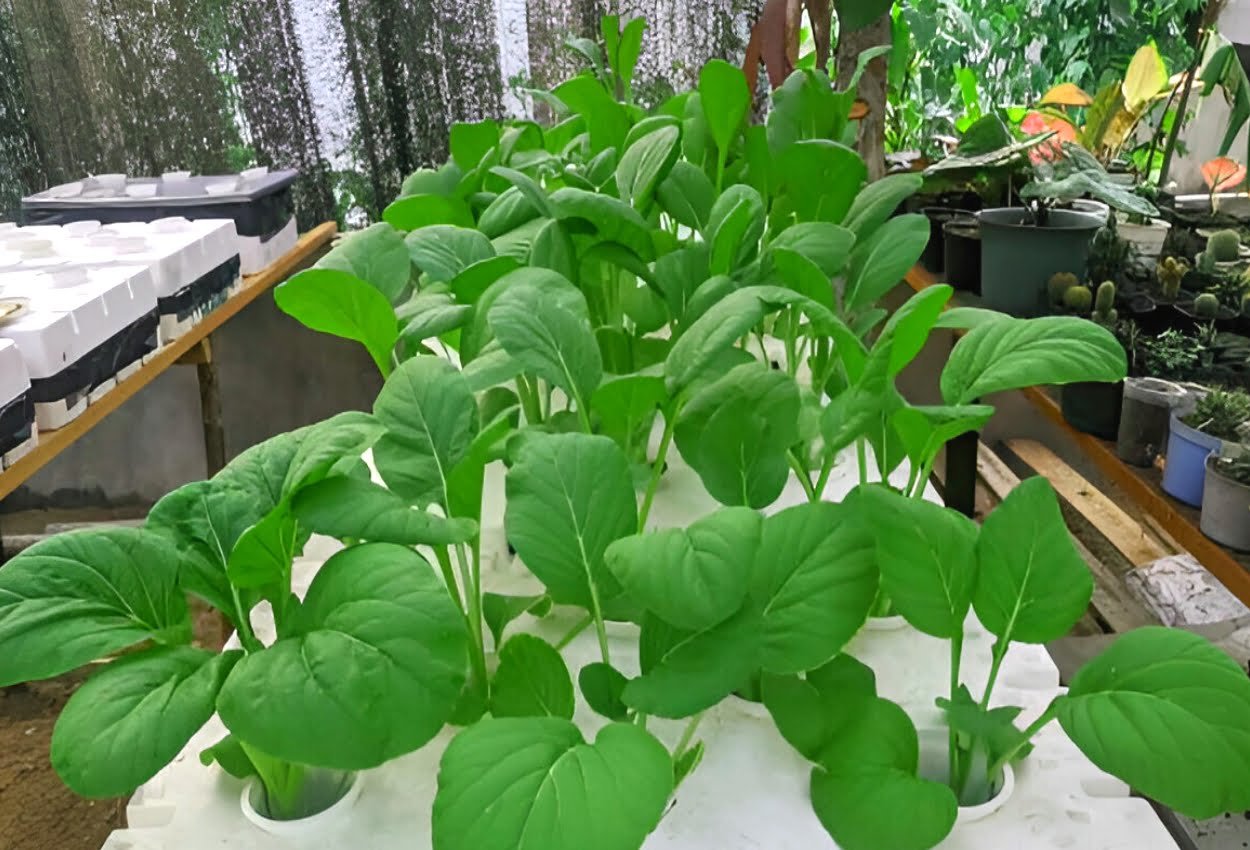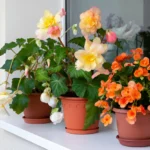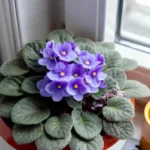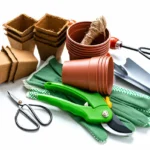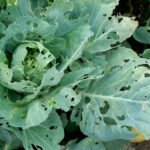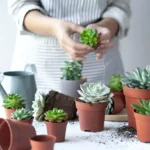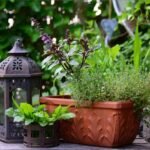Exploring hydroponic system cultivation for beginners
Table of Contents

If you’re considering building your hydroponic system at home, this article is for you. Are you ready? If the answer is yes, then take your time and read the article. We are sharing our experience of producing veggies at home easily and affordably. We don’t overcomplicate what we have on hand, and our main focus is preparing it cost-effectively.
What is a hydroponic system?
Hydro is the word for water, and phonic means work/labour. More simply, the hydroponic method is cultivation with the roots of plants in water. You can grow vegetables and fruits along with herbs using this method.
Benefits of hydroponic System
There are many advantages to hydroponic systems that you may be surprised to know. Even if we want to garden on a large scale due to our lack of space or knowledge, or even if we have a passion for it, we may feel unable to do so. However, if you look into hydroponics, you can create a small setup in your home.
The hydroponic system is growing plants without soil by immersing the roots in water. It does not require your soil. If the plants are cultivated in the soil, water, fertilizers, and pesticides must be applied constantly. On the one hand, time and cost increase.
We will need less water when we plant plants in a hydroponic system than traditional methods. Isn’t that great?
Many of us need to remember to water our plants.
Planting plants in soil requires you to water them regularly, but with hydroponics, you save water as the roots of the plants are in water. Water saving is about 50-80 per cent.
It will suffice if you have a small window, a compact kitchen space, or even just a container in the dining room. You don’t need to worry about space; the hydroponic system is known to be space-friendly.

The Hydroponic method allows you to arrange the setup vertically to ensure more yield in a small space. It might be easier for you to understand if we try to quantify it with a few numbers.
About 30 to 50 times more production is possible with a vertical setup. This method easily solves the shortage in your space. You can do it anywhere in the house, even in the kitchen (on a small scale).
The hydroponic system allows the roots of plants to absorb nutrients quickly as they are rooted in water, which cannot be done so easily and quickly when growing in soil.
Nutrients have direct access to hydroponic systems and root growth is rapid.
Root growth means plants grow faster.
Your growth will not be damaged by the weather in any way.
No matter what season you have, it will not flow.
Because you are replacing it at home.
Hydroponic systems depend on water, nutrients, and electricity. Which you can use anywhere anytime to achieve success.
Testing soil pH (PH) in the soil is a bit difficult, but you can easily measure it with hydroponics.
In soil farming, you have to fight some kind of insect or you won’t find any insects in a hydroponic system. No soil, no pests. Since there are no insect pests, you will not need to spray pesticides, saving you money and effort.
You don’t even have to worry about weeds.
In a hydroponic system, you won’t find weeds anywhere. Conventionally we know how dangerous weeds are to plants.
Hydroponic containers
Hydroponic containers
I have given such a name for easy understanding. Here’s what I used to make the hydroponic container:
Ingredients:
- Medium-size container
- Onetime Cup
- Soldering iron for soldering
- white polystyrene sheets
- Cocopeat
- Hydrogen peroxide
- Fertilizers (NPK, Calcium Nitrate, Epsom Salt)
You will get ideas from our materials, and you can make some exceptions.
Method
We have containers of different sizes in our house. You can choose anyone. I used the medium size.
We will make holes around and below the onetime cups so that the roots can quickly enter the water when we put the seedlings in the container.
Take the onetime cups and use a soldering iron to make a half-inch long hole around the cups and make a few holes at the bottom.
We will fill the onetime cup with Cocopeat. You can also use perlite, lace, soft foam, etc. We used Cocopeat.
When the coco peats are filled in the onetime cup, we will sow the seeds by making a little space with our fingers.
We can produce lettuce, bok choy, cilantro, mint leaves, and spinach in this way.
After sowing, the seeds will germinate and sprout in 7-10 days.
When our lettuce seedlings are 15-20 days old, we will plant them in containers.
How we Prepared The Container
Add 30 ml to 10-15 litres of water in the container. I will mix hydrogen peroxide with water in the ratio. Take the white polystyrene sheets and cut the size of the one-time cup into a round shape so that the one-time cup fits easily into the cut part, but also ensure that the one-time cup hangs down.
We used polystyrene sheets. If you want, you can use a container box lid; then, you need to cut your lid to the size of the one-time cup. (I made a hole in the polystyrene sheets so I can use the lid later)
We will mix NPK, calcium nitrate, and Epsom salt with water. You can find all of these in online stores and on Amazon.
When we plant them in container boxes, you can see how fresh their leaves are and how fast they are growing.
I didn’t put the container boxes under any grow lights. I kept it in a small room with plenty of light and humidity. I used this method to reduce costs; you can try it once.
In 50-60 days, we can harvest lettuce leaves.
Hydroponic systems also have some disadvantages.
There are risks in water and electricity. A little mistake on your part can cause danger. Hydroponic systems use growing lights, so your electricity can be in different places in your setup. If it falls, the danger can happen instantly due to electricity.
If the system fails, nutrients will not reach the plant before you know it, and growth will be stunted.
On the other hand, if you plant plants in the soil, you don’t have to face these problems.
You will need a lot of investment when you go for proper technique.
FAQ
1. Which hydroponics system is the best at home?
= If you want to make it for yourself at home, make it conveniently. It will be more effective than the store-bought when you make it your choice, no matter what method you use for growing.
2. How long have you left your system unattended?
= 2 to 3 weeks DWC System.
3. How deep does the bin need to be for DWC?
= Make a minimum of 10 inches deep. If more than that, there is no problem, but keep a minimum of 10 inches.
4. Which one is the best and easiest hydroponic system?
= DWC (Deep Watering Culture)
5. Any advice for indoor hydroponic systems?
= If you are a beginner, use the Coco pit and Watering DWC system. It will save you money and time, and the success rate will be 90%. You can get ideas by reading our register.
